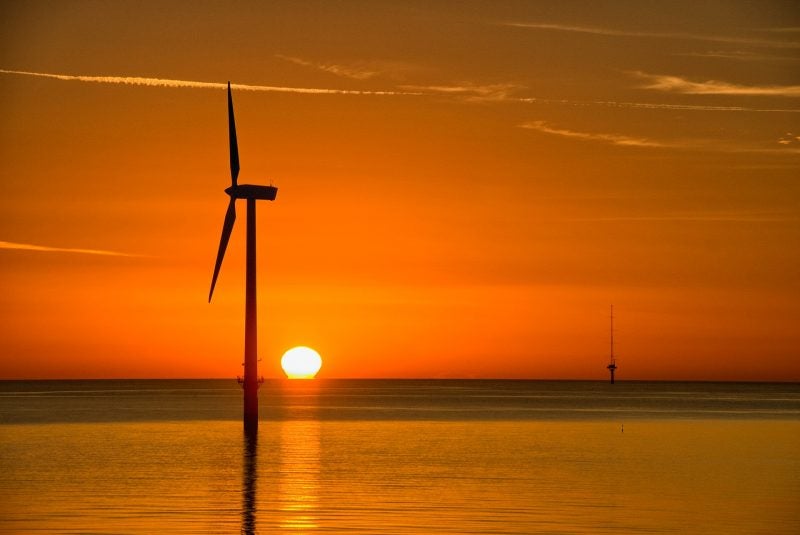
In the first study of its kind, SolarPower Europe and LUT University have modelled a cost-optimal energy transition strategy, finding that a 100% transition to renewable energy is 6% lower in per-unit costs compared to inadequate policies that rely on fossil fuels.
The study outlined three different scenarios for 2050: the laggard, moderate and leadership scenarios.
The Laggard scenario is the minimum ambition scenario where fossil fuels and nuclear plants are not phased out and continue to operate until the end of their technical life.
In this scenario, the European Commission’s vision of climate neutrality is not achieved and the medium cost development of CO2 emissions is €150/tCO2 by 2050.
In this framework, the Paris Agreement goal to stop the rise of global temperature below 1.5°C is not achieved.
The moderate scenario entails phasing out fossil fuels and not building new nuclear power plants, allowing the existing ones to operate until they become obsolete. Gas-fired plants will also be allowed while coal plants will be banned.
In this outline, climate neutrality is achieved but, while Europe will not comply with the Paris Agreement standards, it will manage to keep the temperatures below 2°C. High greenhouse gas (GHG) cost development is €150/tCO2.
The leadership framework, the most ambitious one, expects fossil fuels and nuclear power plants to be discarded by 2040 and climate neutrality to be achieved by 2040, with CO2 down to zero. The cost development will be €200/tCO2 and the Paris Agreement goal will be achieved.
If Europe wants to achieve a 100% renewable energy transition by 2050, says the report, it needs to produce 7.7TW of solar energy and 1.7TW of wind.
In order to achieve these energy production goals, the study recommends putting climate neutrality pledges into law and reviewing the EU 2030 targets – which call for a 40% cuts in greenhouse emissions – to comply with the Paris Agreement.
The EU should also prioritise a renewable-based electrification of the European economy and the development of sustainable hydrogen solutions.
According to the data, a 100% renewable energy system will in fact lead to the steepest decline in carbon emission, dropping initially by 60% in 2030 and arriving to 0%.
Hydrogen will be fundamental for achieving a 100% renewable system, as it will contribute to the full decarbonisation of the heating and transport sectors.
SolarPowerEurope executive advisor Michael Schmela said: “Electrolysers for hydrogen production are also a crucial technology for this scenario, as from 2030 onwards, renewable hydrogen will contribute to the full decarbonisation of the heat and transport sectors, becoming Europe’s second key energy carrier.”
Researchers say that electricity grids should also be modernised and electricity grid regulations including TEN-E need to evolve and take into consideration grid upgrades and smart grids.
A pan-European solar rooftop programme is also needed as 90% of European rooftops are unused; campaigners have been vocal in asking for regulations that foster the use of photovoltaic panels on every building by 2050.
Luxembourg energy minister Claude Turmes commented on the study: “SolarPower Europe and LUT University’s ground-breaking modelling demonstrates that it is possible for the EU to become fully climate neutral by 2040, complying with the ambitious 1.5°C Paris Agreement target, and without any tricks, like carbon sinks, but by implementing ambitious energy efficiency policies and going 100% renewables.”
LUT University professor of solar economy Christian Breyer added: “A 100% renewable energy system in Europe is absolutely possible from a technical perspective. It is also the most affordable and safest option for achieving climate neutrality in Europe by 2050.
“We have the clean energy technologies already, and now it is about developing the right policies to ramp up deployment. If we act now, we can limit climate change and provide a brighter future to the next generation.”



